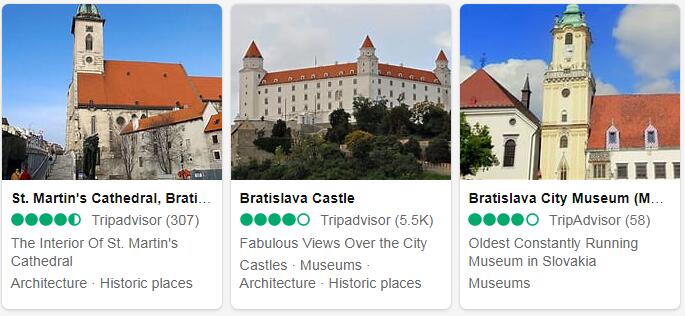According to ezinereligion, in 2007, Slovakia had a population of approximately 5.4 million people and its economy was largely driven by services, industry and agriculture. The country had strong diplomatic relations with other countries in the region and beyond, particularly Germany, Austria and the Czech Republic. In terms of politics, Slovakia is a parliamentary republic with the President as head of state. Legislative power is vested in both the legislature and the Prime Minister. The country also maintained good relations with its European neighbors, especially Poland, Hungary and Ukraine.
Yearbook 2007
Slovakia. After last year’s economic growth of 7.9 percent, the government feared overheating and rising inflation. Therefore, in March it was decided to write up the value of the Slovak Koruna against the euro by 8.5 percent.
According to CountryAAH, Bratislava is the capital city of Slovakia. Economic growth was largely based on foreign investment, especially in the automotive industry. As car manufacturers struck again in Western Europe, they opened new factories in Slovakia. Hyundai, Volkswagen, Peugeot and others was included in the expansion of the automotive industry, which aimed to produce 800,000 cars in 2008, of which 90 percent would be exported.
Despite the expansion of industry and the decline in unemployment, in May Slovakia had the highest unemployment rate in the EU of 10.8 percent.
- According to abbreviationfinder: SK is the 2-letter acronym for the country of Slovakia.
In November, Slovak police seized close to half a kilogram of enriched uranium, which was said to have been used to produce a so-called dirty bomb. At the same time, a Ukrainian and two Hungarians were arrested near the Slovakian border with Hungary. According to police, the uranium probably came from the former Soviet Union and could have been used in terrorist attacks.
In an international report in December, Slovakia was criticized for about 120,000 Roma in the country living in slums and lacking basic services, such as water and electricity. According to the Geneva-based Center for Housing Rights, the Roma of Slovakia are discriminated against and live under conditions that constitute serious human rights violations.
Slovakia weather in March, April and May
Average daily temperatures between 6 ° C and 22 ° C can be expected over the next three months. It gets warmest in May in Bratislava, noticeably cooler in March in Poprad. The temperatures in Poprad are between 6 and 17 ° C and in Bratislava between 11 and 22 ° C.
In March, at about 13 days can be expected precipitation in April at about 11 days in May at about 11 days.
In the period from March to May , the sun shines an average of 5 to 9 hours a day. The sunniest weather is in May in Bratislava, but with less sun you will have to get by in March in Poprad.
Bratislava
Bratislava, German Pressburg, Hungarian Pozsony, capital of Slovakia; 419,200 residents (2015). Bratislava, which is close to the Austrian border, where the Danube cuts through the Little Carpathians, is the country’s largest city and its economic and cultural center.
On a 100 m high hill on the Danube lies the castle, which was destroyed in 1811 but rebuilt after the Second World War. Among other building monuments are the old town hall as well as the Franciscan church and St. Martin’s Cathedral, both in Gothic style.
Bratislava is the cultural center of Slovakia with a university (founded in 1467), the Slovak Academy of Sciences and a large number of higher education institutions.
The city is also an important road and rail link and has a significant river port. During the 2000s, the city experienced strong economic development, mainly due to large foreign investments. Many Western European companies have opened operations in and around the city, among the most expansive sectors are the IT and telecommunications sectors and the automotive industry. The tourism and service industries have also expanded.
Settlements have existed on the site since prehistoric times. The present Bratislava was founded in the 9th century, gained city rights in 1291 and became an important trading center from the beginning. During the period 1526–1918, Bratislava belonged to the Habsburg Empire and was the capital of 1526–1786 in what was then Hungary.
